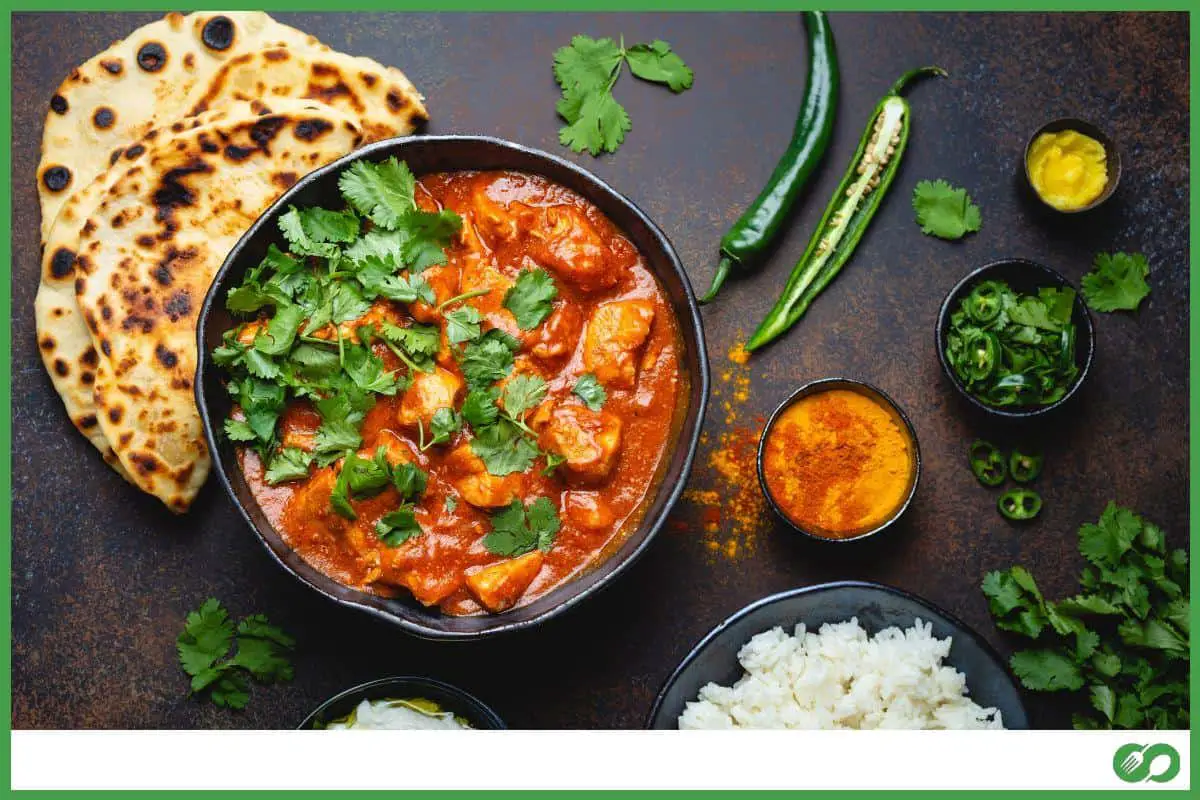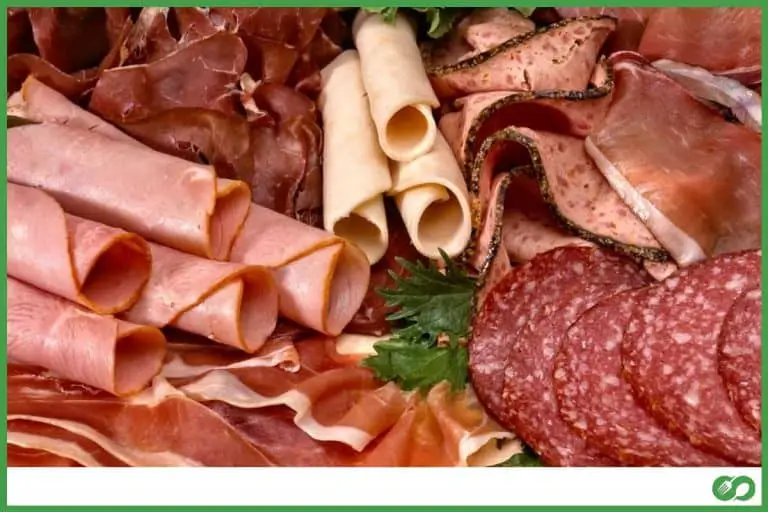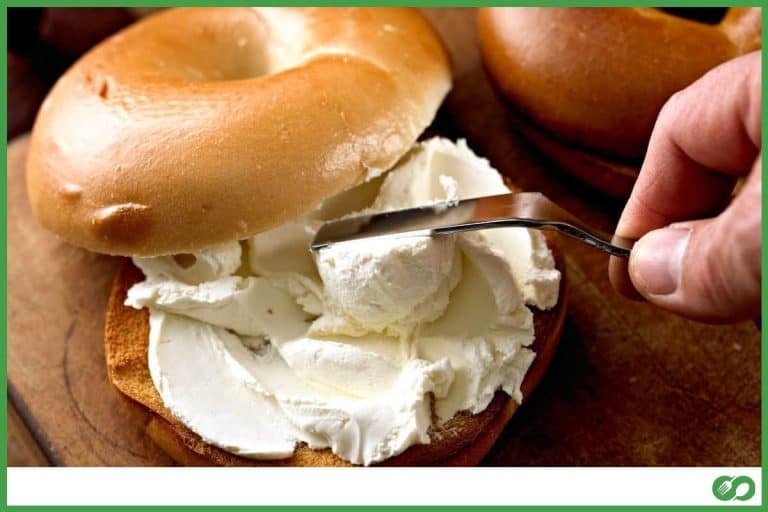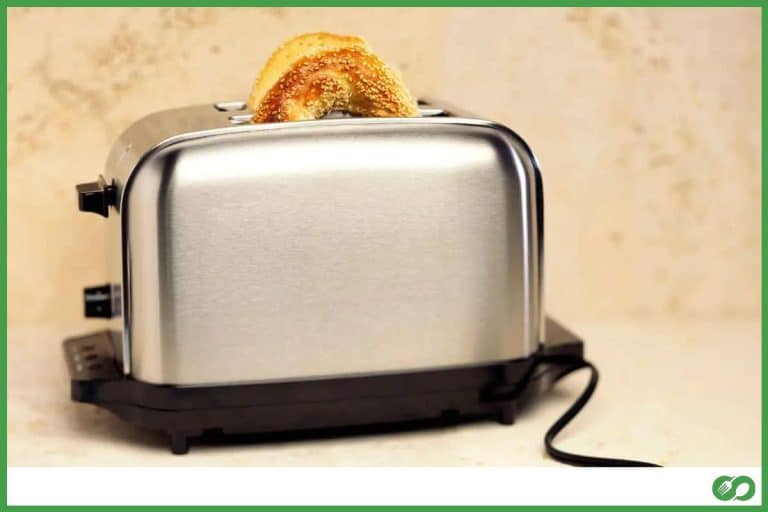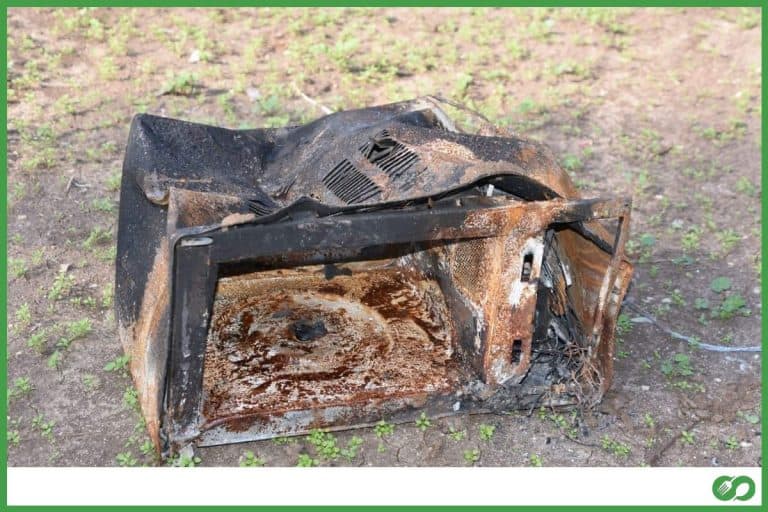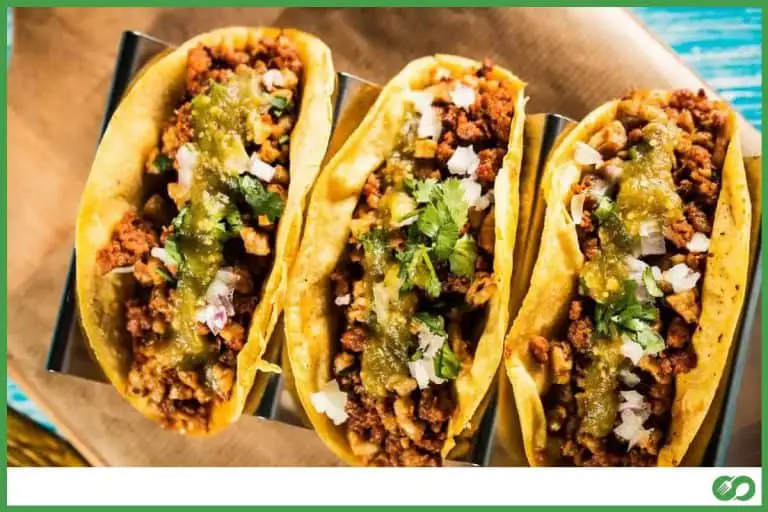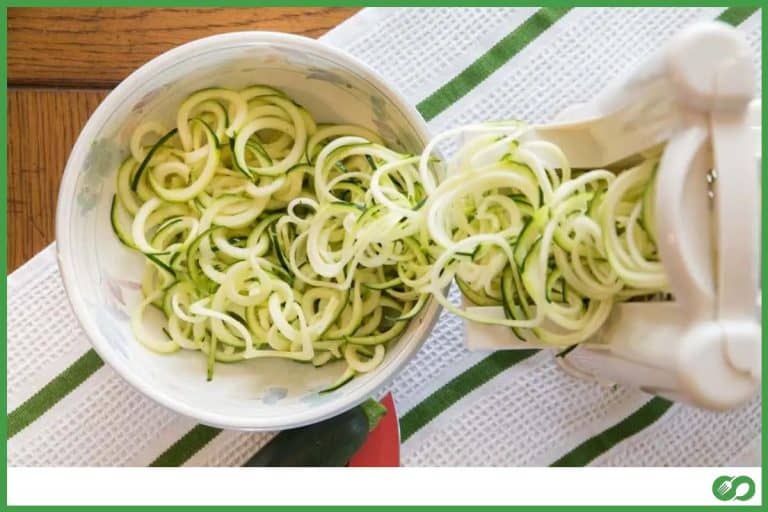How Long Can Indian Food Last in the Fridge? (Chart Included)
This post may contain affiliate links which means that, if you choose to make a purchase, I may earn a small commission at no extra cost to you.
I love Indian food, as the flavors within it are out of this world. The way the food is prepared is not only unique but the spices and ingredients used are also quite exemplary. Curry-based foods are my favorites, as I love the spicy aftertaste after finishing a meal. However, without proper refrigeration, all of that flavor goes out the window.
When stored properly, food inside refrigerators lasts 5-7 days. If left outside, Indian food will last between 2-3 hours. Any longer and the food will be spoiled.
Let’s take a deeper dive into Indian cuisine and discuss the numerous ways you can use to prolong the life of your favorite dishes.
What comprises Indian food?
Indian food is mainly popular for its numerous curry-based dishes such as butter chicken, mutter paneer, chicken korma, etc. They form the backbone of Indian cuisine and have deep-seated cultural significance that is followed to this day, both in terms of vegetarian and non-vegetarian dishes.
Eating Indian food is like opening a box of chocolates. The accolades of flavors exploding in my mouth every time I eat a spoonful of butter chicken is unrivaled. A majority of curry-based foods are made with tomato gravy, onions, garam masala, whole spices, and ghee, which increases the risk of spoilage.
Even if it’s not a curry, almost any dish with cooked onions and chicken severely increases the rate of decay if not stored properly. So in the later sections, I’ll be discussing the proper way to store curry and how to identify if it’s gone bad.
How long will Indian food stay fresh in the fridge?
Vegetarian cuisines can last 3-7 days in the fridge, while non-vegetarian dishes last only 2-4 days. If put in the freezer, they can last for up to 2-4 months, but they will start to lose their freshness after 3 days in the fridge or a month in the freezer.
Here is a chart showcasing the lifetime of a few Indian cuisines.
| Types | Room Temperature (68-72°F) | Refrigerator (40°F) | Freezer (0°F) |
| Butter Chicken | 1 hour | 2 days | 2-3 months |
| Chicken Vindaloo | 1 hour | 2-3 days | 3-4 months |
| Jalfrezi | 2 hours | 2 days | 2-3 months |
| Kadhi | 2 hours | 2-3 days | 3-4 months |
| Korma (vegetable/meat) | 1 hour | 2 days | 2-3 months |
| Saag | 2 hours | 2 days | 2-3 months |
| Tikka Masala | 2 hours | 2-3 days | 3-4 months |
How to store leftover curry in a fridge?
You should always refrigerate Indian food within 2 hours of being prepared to maximize its freshness. Follow these guidelines to keep your food safe for as long as possible.
1. Use a spoon to transfer the curry from the cooking pot into a dry container. Do not use ziplock bags. I prefer the Rubbermaid food storage containers. They come in numerous different shapes and sizes and are perfect for storing curry.
2. Use the spoon to skim excess oil, cilantro, garnish, or ghee from the top of the dish. This will make it last longer. You can always add some later when reheating it.
3. There is no need to label it if you’re only using the fridge. In case you’re freezing it, label them properly.
4. If you’re not eating the food within 48 hours, transfer it to the freezer otherwise, it will go bad. Ensure the container is free of residual moisture to avoid freezer burns. It’s best if you use a no-frost fridge to store the food if you have long-term plans.
How to reheat refrigerated or frozen curry?
You can reheat curry in an oven, microwave, or over the stove. However, frozen food has to be thawed in the fridge overnight. After that, you should leave the cold food outside for about an hour before reheating it. Here are a few ways you can reheat Indian food.
1. Microwave – If you’re using a microwave, pour the curry into a microwave-safe bowl and place it in the machine. Heat it at a high setting for about 5 minutes if there is a lot of curry, enough for 4-5 people. If it’s only for a single person, 2 minutes is usually enough.
2. Oven – Preheat the oven to 220-266°F and cook the dish in the oven for about 15 minutes. Ensure the dish reaches a temperature of at least 180°F before taking it out of the oven. Use a thermometer to constantly gauge the temperature.
3. Stovetop – Pour the curry into a non-stick pan and let it simmer on medium heat for 15-20 minutes. Keep stirring the dish, and if needed, you can add some water and garnish for some additional flavor. Add them in small increments, as otherwise, you might end up changing the taste too much.
But sometimes, food tastes weird no matter how many spices you add while reheating it. There is a high chance it has gone bad. Therefore, due to the highly volatile nature of Indian food, learning to identify the early signs of food spoilage is very important.
How to identify spoiled Indian food?
The first indicator of spoiled food is the smell. Some food also has a slimy layer over it, which is also a clear indicator of bad food. Here are a few other ways to identify spoiled Indian food.
1. Mold – Mold or discoloration over the food’s surface is a surefire sign of spoilage. It cannot be salvaged and has to be discarded immediately.
2. Foam or froth – Bad food that’s been stored for a long period of time in the fridge will have bubbles all over the surface. You can give it a taste, but in most cases, the food is unsalvageable.
Most people who microwave their food do not recognize the spoilage indicators right away. Make it a practice to actively check your food because Indian cuisines are more susceptible to spoilage compared to other dishes.
F.A.Q.
Can you add spices to curry after cooking?
It’s not ideal to add spices to curry after cooking. It makes the dish taste gritty, bitter, and dull. A bit of water and coriander leaves are ok, but anything with a strong flavor might jeopardize the taste.
Conclusion
Indian food is popular all around the world for its unique taste and flavor. The combination of spices and condiments is unlike any other dish in the world. Hopefully, the information in this article lets you enjoy those dishes for the longest possible time. Stay tuned for more food tips in the future.

